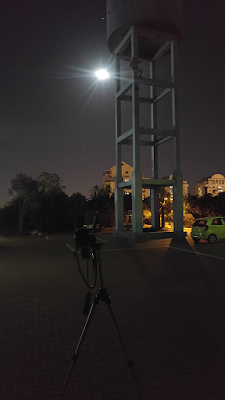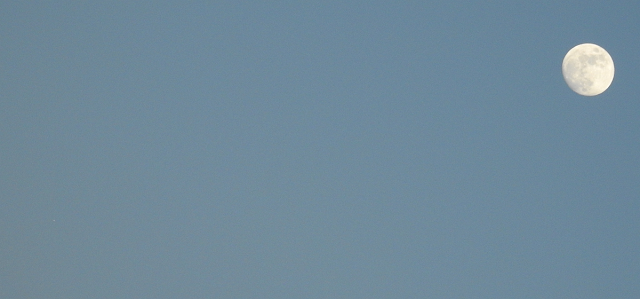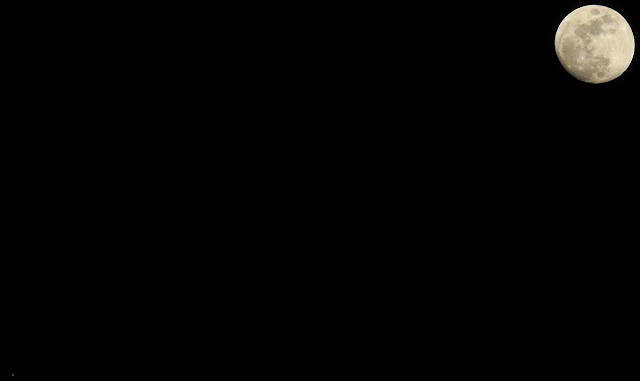Fresh photo of the ISS from the ground from 20-Apr-2016 (Change your angle to the monitor to view a bit better if necessary)
It is no secret that I like to photograph the ISS. Usually I concentrate in a single constellation and try to capture most of it with the bright line of the ISS. Such photos requires long exposure of 20-30 seconds. This is a recent example, Can you name the constellation?
 |
| ISS from ground 20-Apr-2016 |
 |
| ISS pass 30/3/2016 |
Such photos are not rare. Taking them from dark places (not like the one above) will show much more details including some DSOs. Even in the above photo there are some nice open clusters. Also to compensate for earth rotation a simple tracker can be used. Here you can read more about how to photograph stars and constellations
I also tried to capture the ISS itself with my Nikon P900 which its main feature is the almost ridiculous zoom size which is equivalent to 2000mm. Setting the camera to high ISO, fast shutter and considering that the ISS is directly lit gives reasonable exposure. I will wait for a better pass when the ISS is almost directly above the head, and much closer to the observer. The general shape of the ISS is noticeable and this is an example that sometimes a thumbnails looks better.
BTW: The constellation is Auriga and the bright star at the bottom right is Capella












